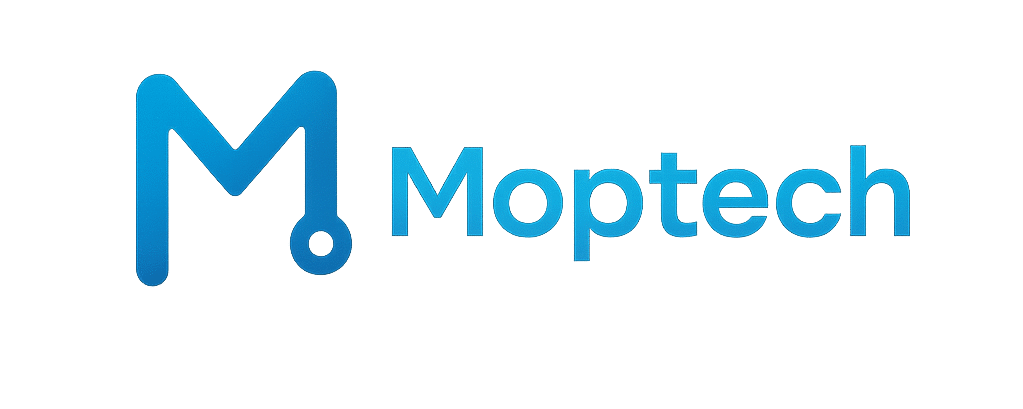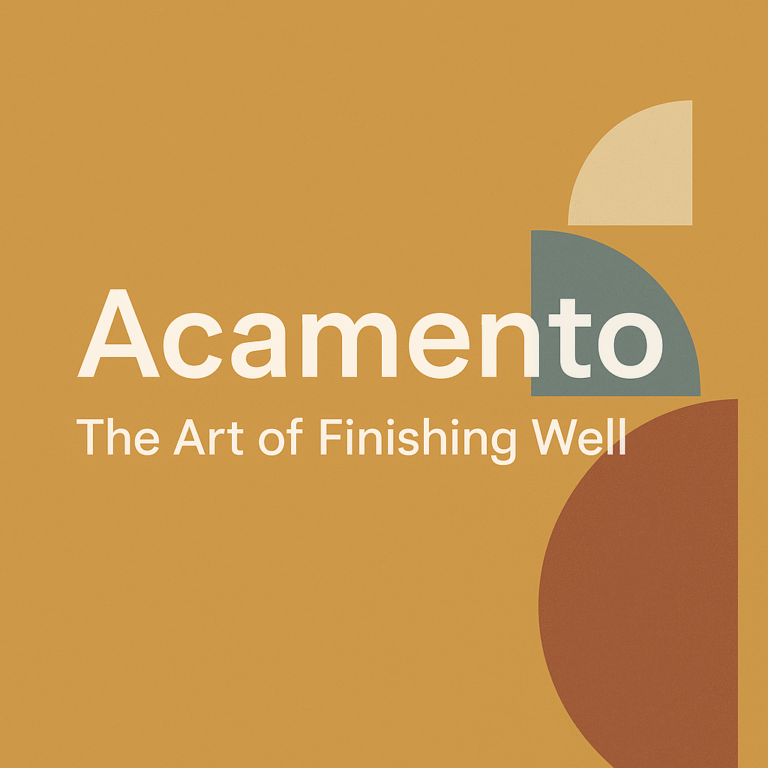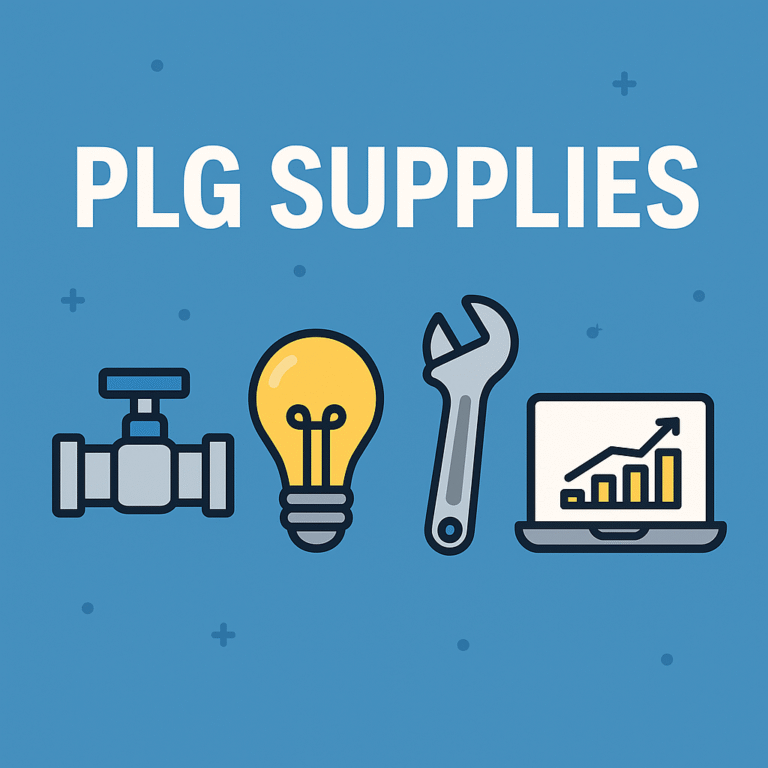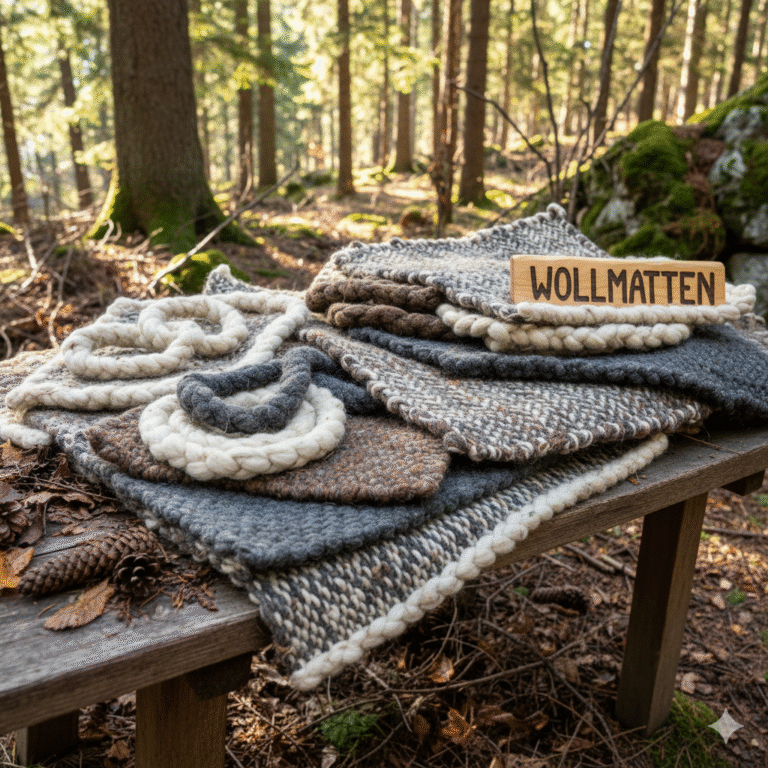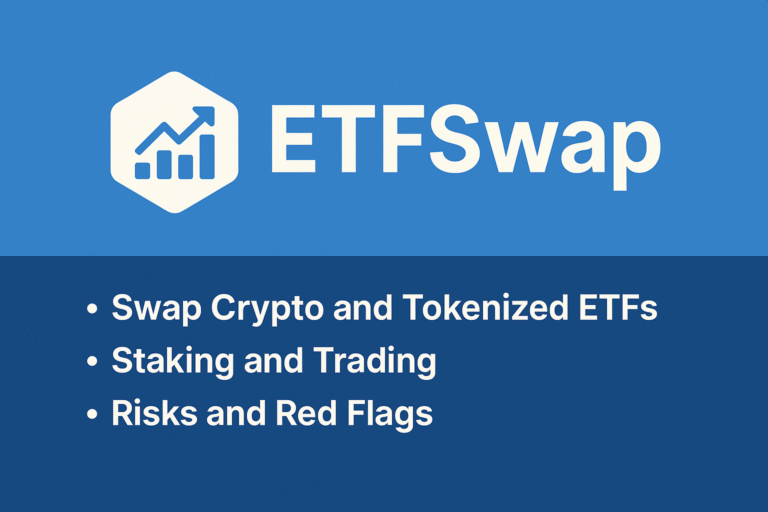Woolrec: The Future of Wool Recycling and Sustainable Textiles
The fashion industry creates a large amount of waste each year. Many clothes and fabrics end up in landfills or are burned. This hurts our planet and wastes valuable materials.
Wool is a natural and valuable fiber. It can last a long time and is easy to reuse. Yet much of it is thrown away after use.
Woolrec means wool recycling. It is a process that gives old wool a new life. It collects and cleans wool waste and turns it into new products. Woolrec helps to reduce waste and protect the environment.
The goal of Woolrec is to make fashion and textiles part of a circular economy. This means using resources again and again instead of throwing them away.
What is Wool Recycling
Wool recycling or Woolrec is the process of taking used wool and turning it into new material. It can come from old clothes or from leftover pieces during production.
Main ideas
- Woolrec saves natural resources
- It reduces waste and pollution
- It keeps wool in use for longer
- It helps people and companies work in a sustainable way
History of Wool Recycling
Recycling wool started a long time ago. In the 1800s people in Britain reused old wool clothes to make a fabric called shoddy. It was used for coats and blankets.
Today Woolrec uses modern technology and better cleaning methods. The goal is the same but the process is cleaner and safer.
Steps in the Woolrec Process
The Woolrec process has several main stages. Each step plays an important role in making old wool ready to use again.
| Step | Purpose | Main Actions |
|---|---|---|
| Collection | Gather wool waste | Collect clothes and fabric scraps |
| Sorting | Separate good material | Sort by color and fiber type |
| Cleaning | Remove dirt and oils | Wash using safe detergents |
| Shredding | Break down fabric | Turn into loose fibers |
| Blending | Strengthen fibers | Mix with new wool if needed |
| Spinning and Weaving | Make yarn or fabric | Create new textiles |
| Finishing | Final touch | Dye or shape into products |
Collection
Old wool is collected from many places.
Sources include:
- Used clothes
- Blankets and upholstery
- Factory offcuts and leftover pieces
Collection can be done through clothing banks or recycling centers.
Sorting
After collection the wool is sorted carefully.
Sorting helps to:
- Remove dirty or synthetic materials
- Group by color to avoid re-dyeing
- Save time and energy in later steps
Some factories use AI tools and sensors to sort wool automatically.
Cleaning
Cleaning or scouring removes dirt and grease.
Methods include:
- Washing with mild detergents
- Using less water with modern machines
- Enzyme based cleaning to protect the fiber
The result is clean wool that is ready to be processed again.
Shredding and Garnetting
Shredding breaks the fabric into small fibers.
This is done by a machine called a garnetter.
The process restores the fibers so they can be used in spinning again.
Blending and Spinning
Recycled fibers can be weak or short.
To make them stronger they are blended with new wool.
The blended fibers are spun into yarns that can be woven or knitted.
Weaving and Finishing
The final step is to create fabrics and products.
This includes:
- Weaving or knitting
- Dyeing if needed
- Softening or finishing the material
The recycled wool is then used to make clothes blankets or industrial items.
New Technologies in Woolrec
Technology plays a big role in improving Woolrec.
Mechanical Recycling
- Uses machines to shred and reuse fibers
- Keeps the natural quality of wool
- Is simple and efficient
Chemical or Biochemical Recycling
- Uses natural enzymes or safe solutions
- Helps to clean and separate fibers gently
- Still in testing but very promising
AI and Sensor Sorting
- Machines use cameras and sensors to detect fiber type
- Sorting is faster and more accurate
- Reduces human error and waste
Digital Traceability
- Each wool item can have a digital tag or code
- This helps trace it from collection to final product
- Builds trust between brands and consumers
Environmental and Economic Benefits
Woolrec has many benefits for people and the planet.
Environmental Benefits
- Saves Resources
Less land and water are needed to make new wool - Reduces Pollution
Lower carbon emissions and fewer chemicals - Decreases Waste
Keeps wool out of landfills
Economic Benefits
- Creates Jobs
New jobs in collection and recycling centers - Saves Money
Less cost for raw materials and dyes - Supports Local Communities
Small recycling plants can grow in local towns
Supports Circular Economy
Woolrec follows circular economy ideas:
- Keep materials in use
- Design products for reuse
- Cut waste and emissions
- Make fashion more responsible
Problems and Challenges
Woolrec faces some difficulties that must be solved.
Contamination
Many wool items are mixed with polyester or nylon.
This makes recycling hard and lowers quality.
Short Fiber Length
After shredding fibers become shorter.
The yarn made from them can be weaker.
Lack of Facilities
There are not enough recycling factories for wool.
Most focus on cotton or synthetic materials.
Low Awareness
Many people do not know that wool can be recycled.
More education and collection programs are needed.
Certification Issues
Not all recycled wool products are verified.
This can cause confusion and reduce trust.
Uses of Recycled Wool
Recycled wool can be used in many ways.
Here are some examples.
Fashion and Clothing
- Sweaters
- Jackets
- Scarves
- Gloves and hats
Home and Interior
- Blankets and cushions
- Rugs and carpets
- Upholstery and curtains
Automotive and Industry
- Sound insulation in cars
- Building insulation panels
- Felt for machines or tools
Creative and New Uses
- Eco friendly packaging
- Biodegradable materials for design and art
Important Certifications
Woolrec often follows international standards.
These make sure the process is safe and honest.
| Standard Name | Purpose | Benefit |
|---|---|---|
| Global Recycled Standard GRS | Checks recycled content | Confirms the material is truly recycled |
| Responsible Wool Standard RWS | Protects animal welfare | Ensures ethical wool sourcing |
| Oeko Tex Standard 100 | Tests for harmful chemicals | Keeps products safe for skin |
| Global Organic Textile Standard GOTS | Promotes eco and social practices | Builds consumer trust |
These certifications help brands prove that their products are sustainable.
Examples from Real Life
Old Factories and Modern Lessons
Europe has a long history with wool recycling.
In Italy and Spain mills have reused wool for more than a century.
They now use new machines and digital systems to improve efficiency.
Learning from Past Mistakes
A German company once called Woolrec GmbH faced problems with waste handling.
This showed how important it is to follow rules and stay transparent.
Good recycling must also respect people and nature.
Brand Programs
Some modern fashion brands now collect used wool clothes from customers.
They make new collections with recycled fibers and share the story with buyers.
This builds a strong bond between brands and eco conscious consumers.
The Future of Wool Recycling
The future of Woolrec looks bright.
Many new ideas and systems are being developed.
Better Technology
- AI and smart sorting will improve speed and accuracy
- Enzyme recycling will help recover more fibers
- Cleaner energy will power recycling plants
Government Policies
- Many countries are making new rules for textile waste
- Producers must take care of the clothes they sell
- This will increase recycling and reduce dumping
Consumer Role
- People can help by donating wool clothes
- Buying recycled products supports the system
- Clear labeling will help consumers make better choices
Woolrec in the Next Decade
Experts expect recycled wool use to grow fast by 2030.
More companies will use it in fashion home and industry.
With good planning Woolrec can become a global standard for sustainable textiles.
Frequently Asked Questions
What is Woolrec?
Woolrec means wool recycling. It is the process of taking old wool and turning it into new yarn or fabric. It helps reduce waste and saves natural resources.
Why is Woolrec important?
Woolrec is important because it keeps wool out of landfills. It saves water and energy that are used in making new wool. It also helps lower pollution and supports a green planet.
How is wool recycled?
The wool is collected sorted cleaned shredded and spun into new yarn. The yarn is then used to make new clothes or products. The process is simple and safe for the environment.
What can be made from recycled wool?
Recycled wool can be used for many things. It is used for sweaters coats blankets rugs and even car interiors. Some designers use it for creative art and eco products.
Is recycled wool good quality?
Yes recycled wool can be very good quality. It may feel slightly different from new wool but it is warm soft and durable. Mixing it with new wool makes it even stronger.
Can I recycle my old wool clothes?
Yes you can. You can give them to recycling bins or clothing collection centers. Some brands also accept old wool items through take back programs.
What are the benefits of Woolrec?
- Reduces textile waste
- Saves water and energy
- Lowers carbon footprint
- Creates jobs in recycling centers
- Promotes a circular economy
What are the challenges in wool recycling?
The main challenges are mixed fabrics low awareness and few recycling facilities. These make the process harder and more expensive.
Is Woolrec safe for the environment?
Yes it is safe. Woolrec uses low impact cleaning and less water. It helps reduce the need for new animal farming and prevents waste pollution.
Are there any certifications for recycled wool?
Yes there are. Common ones include the Global Recycled Standard GRS and the Responsible Wool Standard RWS. These confirm that the process is eco friendly and ethical.
Conclusion
Woolrec shows how tradition and technology can work together.It saves natural resources and reduces pollution.It gives wool a new life again and again.To make Woolrec stronger we need more collection centers better awareness and honest labeling. Brands must invest in recycling and governments must support them with clear rules.People can also help by choosing recycled wool products.
Woolrec is not only about recycling fibers.It is about respect for nature and building a cleaner future.With simple steps and smart systems we can make wool truly circular and keep our planet safe.
